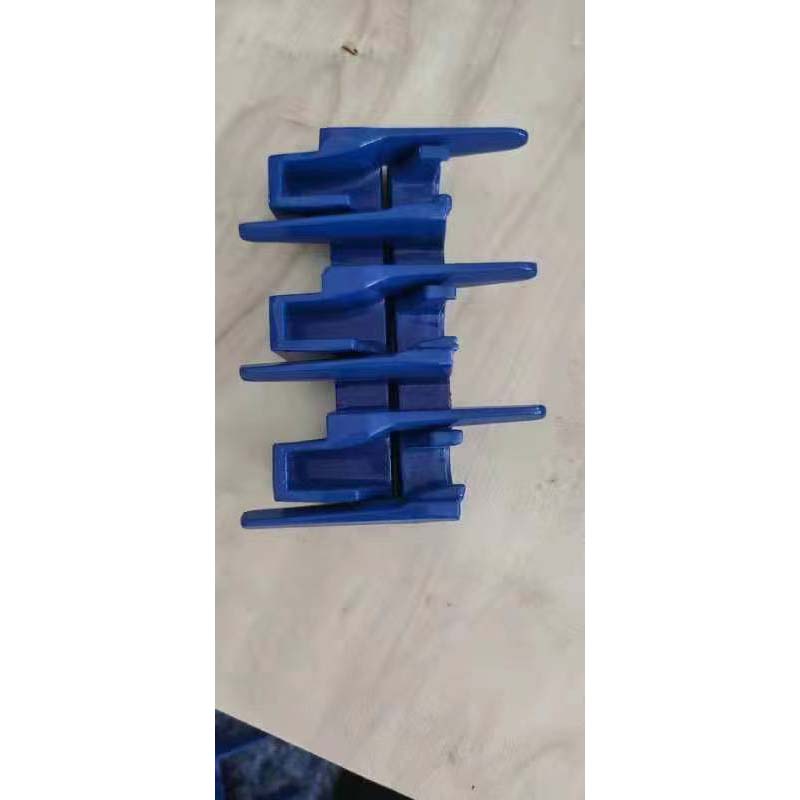JIS 10K Butterfly Valve Specifications and Applications Guide
Understanding the Butterfly Valve JIS 10K A Comprehensive Overview
Butterfly valves are essential components in various industrial applications, known for their unique design and efficient performance in controlling fluid flow. Among the different standards for butterfly valves, the Japanese Industrial Standards (JIS) 10K specification stands out. This article delves into the features, applications, and advantages of the JIS 10K butterfly valve, providing a comprehensive understanding of its significance in the industry.
What is a Butterfly Valve?
A butterfly valve is a quarter-turn valve that consists of a disk that rotates on a shaft. When the disk is parallel to the flow, the valve is fully open, and when it is perpendicular, the valve is closed. This design allows for quick and efficient operation, making butterfly valves an ideal choice for regulating and isolating flows in various systems.
JIS 10K Specifications
The JIS 10K standard is a classification within the JIS standards that specifies the design, manufacturing, and testing requirements for butterfly valves. The 10K designation refers to the pressure rating of the valve, which can withstand pressures up to 10 kilograms per square centimeter (kg/cm²). This pressure rating makes JIS 10K butterfly valves suitable for many applications, particularly in the chemical, water treatment, and power generation industries.
One notable aspect of JIS 10K butterfly valves is their robust construction. They are typically made from materials like ductile iron, stainless steel, and other corrosion-resistant alloys, ensuring longevity and reliability in various environmental conditions. The standard also emphasizes the importance of sealing systems, which can vary based on the specific application, including options such as metal-to-metal, soft seals, or fire-safe designs.
Applications of JIS 10K Butterfly Valves
JIS 10K butterfly valves are versatile and can be used in diverse industries, including
1. Water Supply and Distribution These valves are commonly employed in water treatment plants and plumbing systems to control the flow of water efficiently.
2. Chemical Processing In chemical manufacturing, JIS 10K butterfly valves handle corrosive fluids and slurries, ensuring a tight seal and reducing leaks.
butterfly valve jis 10k

4. HVAC Systems In heating, ventilation, and air conditioning systems, butterfly valves help control airflow and temperature, enhancing the overall efficiency of the system.
Advantages of JIS 10K Butterfly Valves
The JIS 10K butterfly valve exhibits several advantages that make it a preferred choice for many applications
- Space-Efficient Design Butterfly valves are compact and lightweight compared to other valve types, making them easy to install in limited spaces.
- Quick Operation The quarter-turn operation allows for rapid opening and closing, enabling better control over flow rates and reducing downtime.
- Lower Pressure Drop The streamlined design of the disk minimizes turbulence and pressure loss, leading to improved system efficiency.
- Cost-Effective Due to their materials and design, JIS 10K butterfly valves are more economical than many other valve types, providing cost savings in both purchase and maintenance.
Conclusion
In conclusion, the JIS 10K butterfly valve plays a crucial role across various sectors, providing reliable and efficient flow control. Its robust design, flexibility in applications, and numerous advantages make it an integral component in modern industrial systems. Understanding the features and benefits of the JIS 10K butterfly valve enables engineers and technicians to make informed decisions, ensuring optimal performance and safety in their operations. As industries continue to evolve, the demand for efficient and reliable valve solutions, such as the JIS 10K butterfly valve, will undoubtedly grow.
-
The Smarter Choice for Pedestrian AreasNewsJun.30,2025
-
The Gold Standard in Round Drain CoversNewsJun.30,2025
-
The Gold Standard in Manhole Cover SystemsNewsJun.30,2025
-
Superior Drainage Solutions with Premium Gully GratesNewsJun.30,2025
-
Superior Drainage Solutions for Global InfrastructureNewsJun.30,2025
-
Square Manhole Solutions for Modern InfrastructureNewsJun.30,2025
-
Premium Manhole Covers for Modern InfrastructureNewsJun.30,2025
